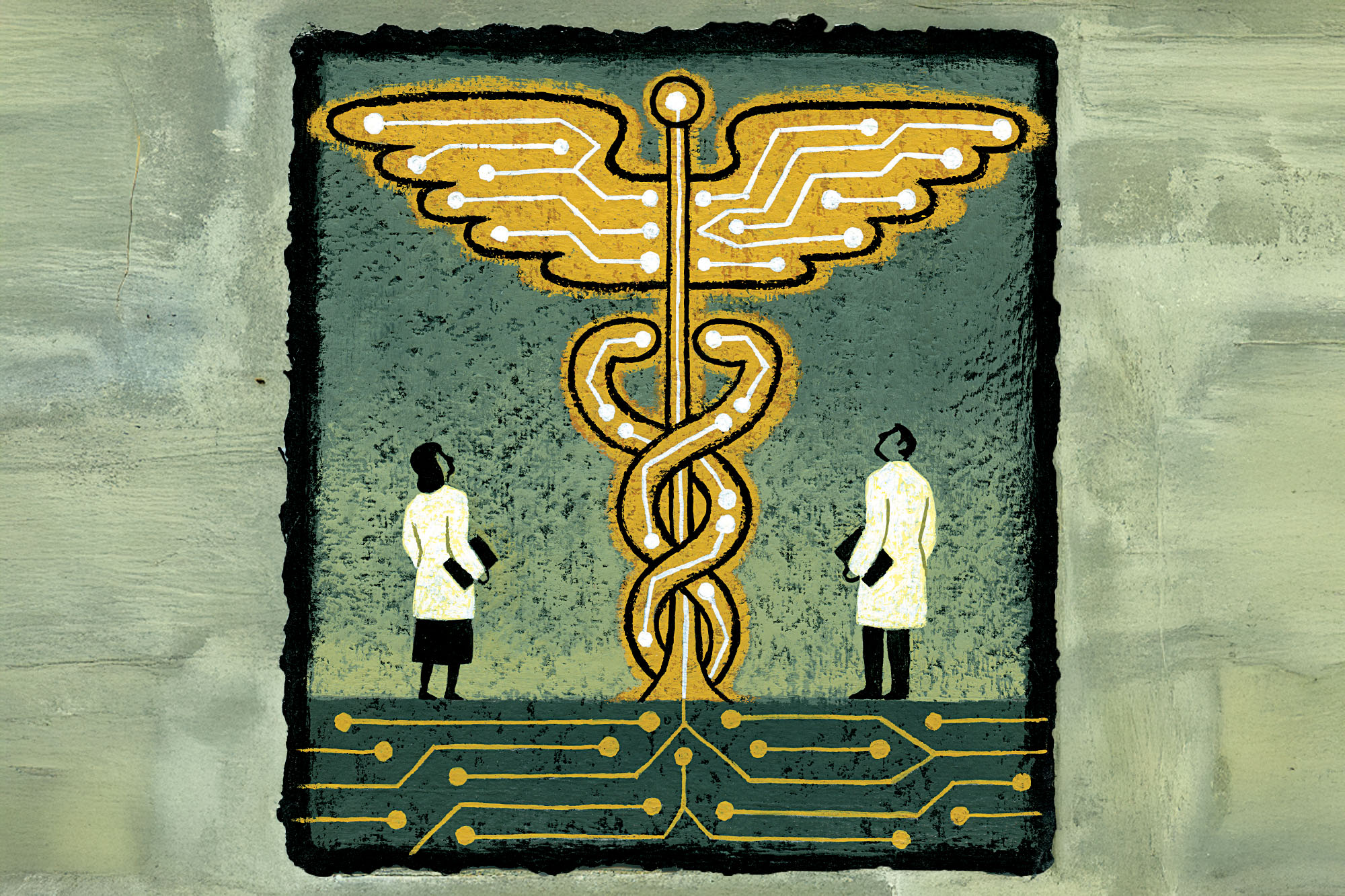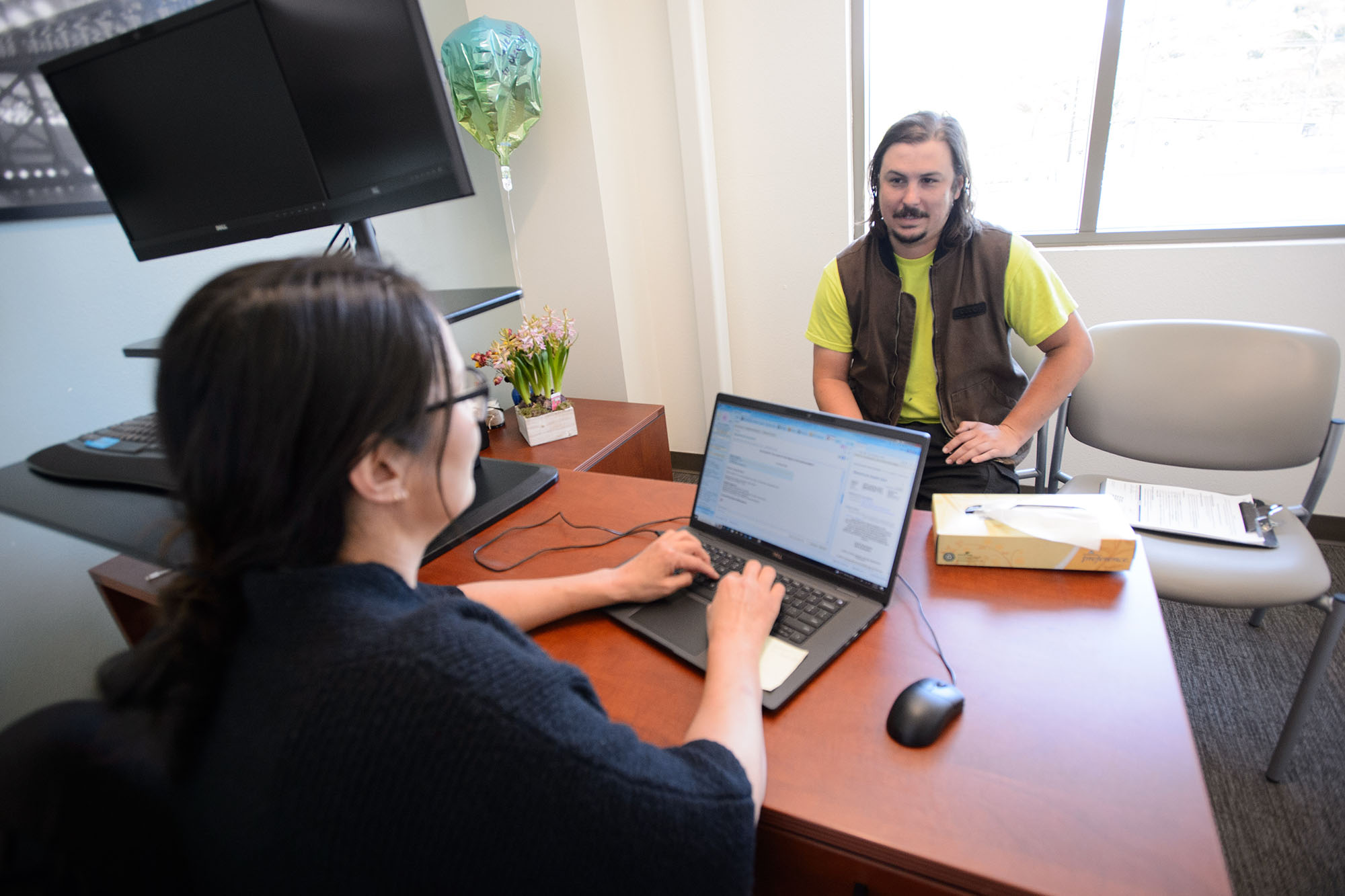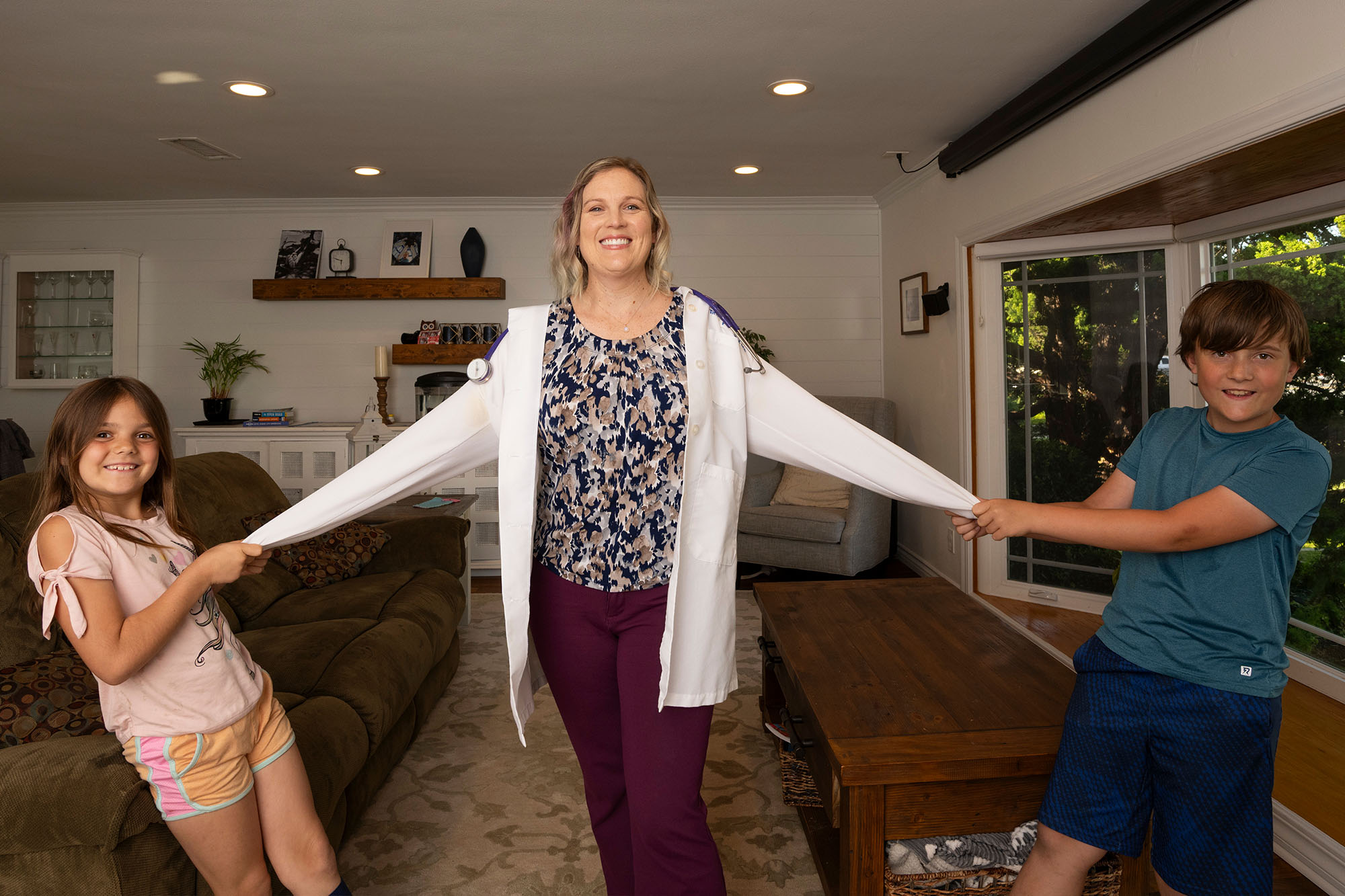Message from the California Health Care Foundation
Telehealth in California has experienced significant growth in recent years, establishing itself as an essential tool for health care providers and becoming the “new normal” in health care delivery. Patients report high satisfaction with the care they receive through telehealth, and its ongoing usage signals a positive trend toward improved access to health care.
The rise of telehealth, accelerated by the COVID-19 pandemic, has been two decades in the making in California. Throughout this period, the California Health Care Foundation (CHCF) has helped catalyze progress as a grantmaker and collaborator. We have worked closely with individuals and organizations to champion the policies and practices that enable widespread telehealth adoption.
Given telehealth’s expansion and its potential to enhance health care access for many, we believe it is crucial to document its progress, extract valuable lessons, and identify opportunities for the future. CHCF has partnered with the Center for Community Health and Evaluation on the latest report, “Telehealth’s Evolution in California: Progress, Challenges, and Opportunities.” This report highlights advances in policy, practice, and research, while acknowledging existing barriers. To guide our efforts in the coming years, we have developed accompanying roadmaps with actionable next steps for policymakers, health systems, health plans, and researchers.
While telehealth has undoubtedly expanded access to health care for many Californians, it has also revealed significant disparities, particularly regarding the state’s ongoing digital divide. This divide means that, although telehealth can potentially improve care for everyone, it could also exacerbate existing inequalities if not implemented strategically. For instance, patients whose primary language is not English face challenges accessing telehealth due to difficulties integrating interpretation services into telehealth and other social drivers of access.
To ensure that telehealth enhances rather than hinders equitable access to care, a concerted effort is needed from all stakeholders in health care, including health system leaders, safety-net providers, policymakers, health plans, and researchers. The primary focus should be on addressing the needs of individuals facing significant barriers to access. This involves overcoming digital hurdles and identifying and disseminating effective telehealth practices that cater to diverse and underserved communities.
Thanks to decades of work in California to build telehealth infrastructure supported by strong payment policies, the state is well-positioned to ensure telehealth advances equitable access to care.
With focused, collective efforts, the state can leverage telehealth to improve health care access for all.
—Diana Camacho, Senior Program Officer, California Health Care Foundation
Acknowledgments
CHCF wishes to thank the many people who generously shared their time, experiences, and insights into telehealth policy, implementation, and research. Their experiences identified key areas of progress, and their strategic thinking produced opportunities to advance telehealth access and quality in California.
Authors
This report was developed by Natasha Arora, MS, evaluation and learning associate; and Maggie Jones, MPH, director at the Center for Community Health and Evaluation (CCHE), with support from Trang Le, MPH; Lauren Baba, MPH; and Lina Piñero Walkinshaw, MPH at CCHE.
CCHE designs and evaluates health-related programs and initiatives across the United States. CCHE is based in Seattle and is part of the Kaiser Permanente Washington Health Research Institute.
Advisors
Veenu Aulakh, executive director, Medicaid Innovation Collaborative, Acumen America
Diana Camacho, MPH, senior program officer, Improving Access, CHCF
Mei Wa Kwong, JD, executive director, Center for Connected Health Policy
Chris Perrone, MPP, director, Improving Access, CHCF
Lori Uscher-Pines, PhD, senior policy researcher, RAND
Interviewees
Mayra Alvarez, MHA, The Children’s Partnership
Allie Budenz, MPA, California Primary Care Association
Amanda Clarke, MPH, California Health Care Safety Net Institute
Jason Cunningham, DO, West County Health Centers
Amy Durbin, MPP, Center for Connected Health Policy
David Ford, California Medical Association
Paul Giboney, MD, Los Angeles County Department of Health
Giovanna Giuliani, MBA, MPH, California Health Care Safety-Net Institute
Paul Glassman, DDS, MA, MBA, California Northstate University College of Dental Medicine
Cindy Keltner, MPA, California Primary Care Association
Sierra Lau, MPH, California School-Based Health Alliance
Timi Leslie, BluePath Health
Haleigh Mager-Mardeusz, MPH, California Health Care Safety-Net Institute
James Marcin, MD, MPH, University of California, Davis
Lisa Matsubara, JD, Planned Parenthood Affiliates of California
Ateev Mehrotra, MD, MPH, Harvard Medical School
Rene Mollow, MSN, RN, California Department of Health Care Services
Robert Moore, MD, MPH, MBA, Partnership HealthPlan of California
Danielle Oryn, DO, MPH, Aliados Health
Adina Safer, MBA, MPH, Independent Consultant
Mark Schweyer, BSN, MBA, Health Net of California
Dalene Shoop, RN, BSN, Shasta Cascade Health Center
Utaka Springer, PhD, Native American Health Center
George Su, MD, San Francisco Health Network
Stephanie Thornton, MPP, BluePath Health
Sylvia Trujillo, MPP, JD, California Telehealth Resource Center
Delphine Tuot, MD, San Francisco Health Network






